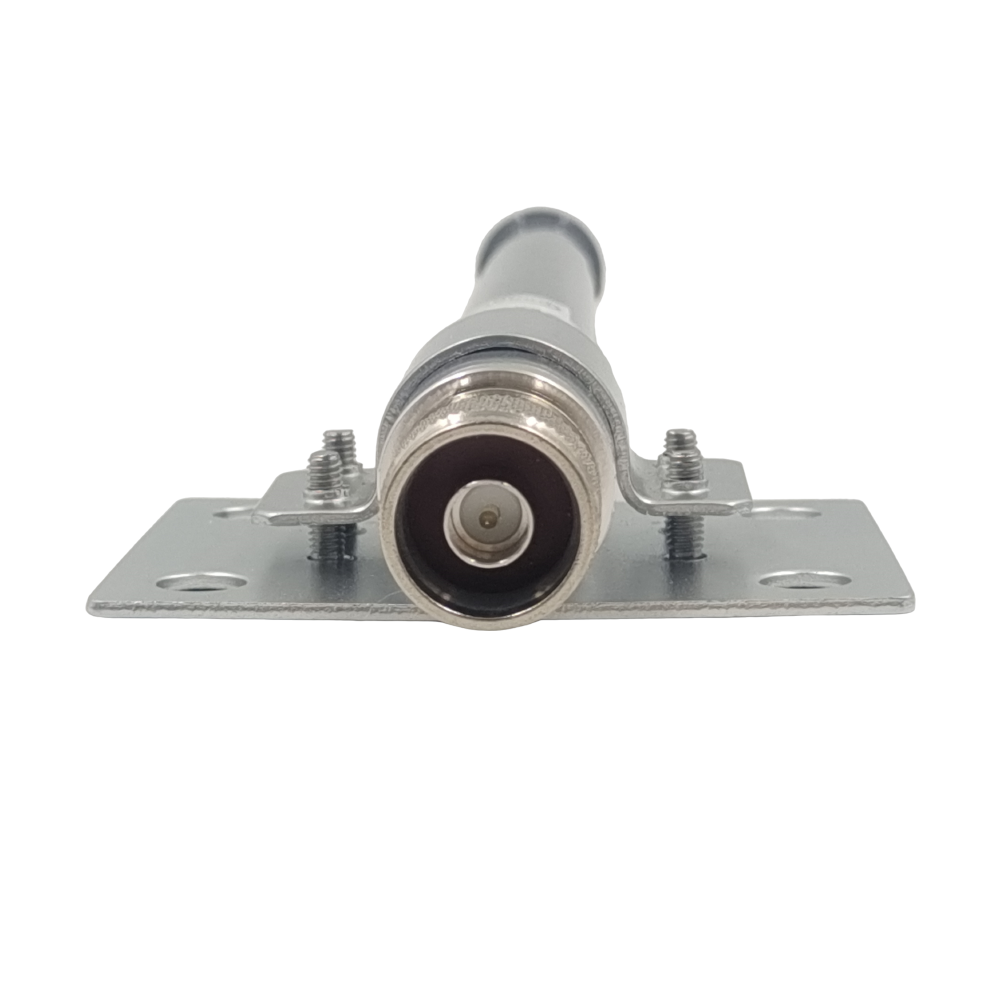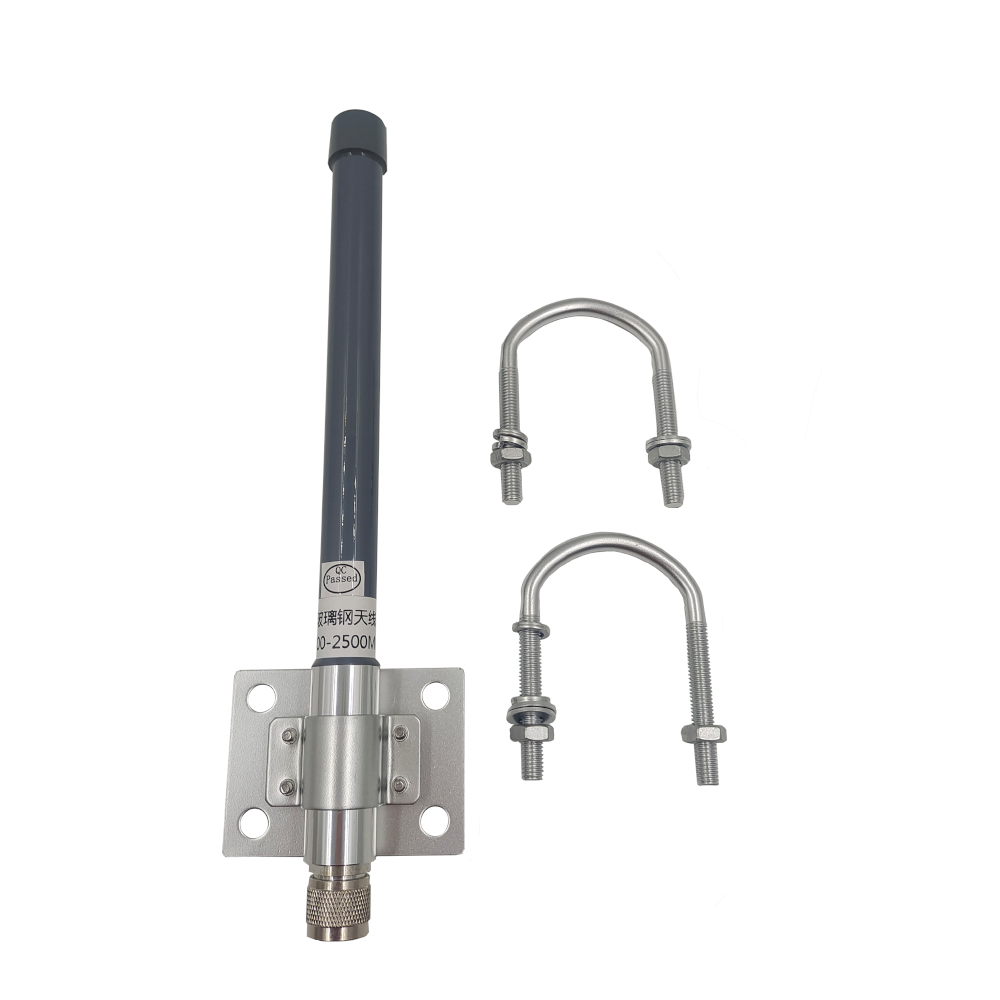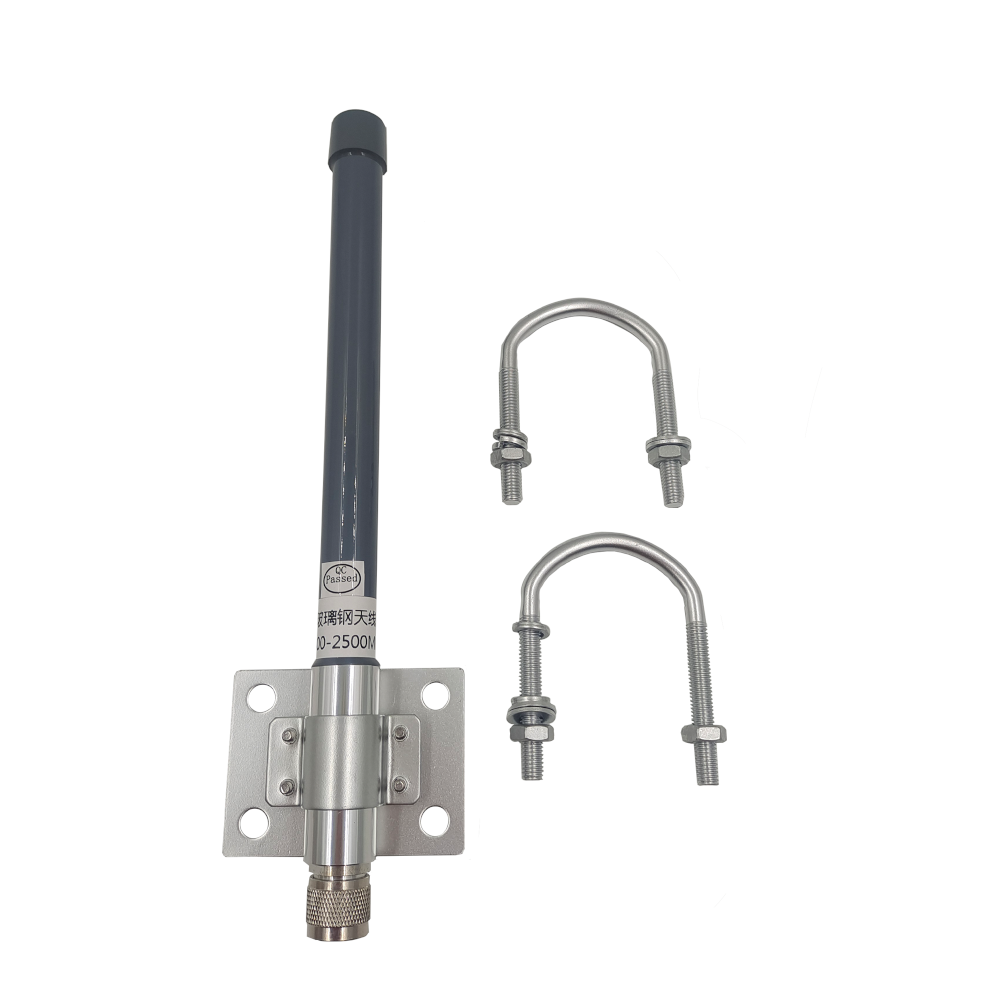Overview
The primary function of an embedded SMD GPS antenna is to receive signals from Global Positioning System satellites orbiting the Earth. These signals, transmitted on the L1 frequency band (1575.42 MHz), carry precise timing and orbital data that enable receivers to calculate geographic position with remarkable accuracy. Unlike external or whip antennas, embedded SMD variants are engineered to operate efficiently despite their small size and proximity to other electronic components, which can often cause interference or detune the antenna response. Advances in materials science, electromagnetic simulation tools, and miniaturization techniques have made it possible to produce high-gain, low-noise antennas that maintain signal integrity even in challenging environments like urban canyons or under partial obstructions.
One of the key drivers behind the adoption of embedded SMD GPS antennas is the growing demand for portable and battery-powered tracking solutions. As industries shift toward real-time monitoring and automation, the need for reliable, always-on location services has surged. Embedded antennas meet this demand by providing consistent signal reception while minimizing power consumption—a critical factor for extending battery life in remote tracking applications. Moreover, their robust construction makes them resistant to environmental factors such as moisture, vibration, and temperature fluctuations, enhancing reliability in outdoor and industrial settings.
In addition to GPS, many embedded SMD antennas now support multi-constellation satellite systems, including GLONASS, Galileo, and BeiDou, improving positioning accuracy and availability across different geographic regions. This multi-system compatibility ensures faster time-to-first-fix (TTFF) and better performance in areas where line-of-sight to GPS satellites may be limited. As technology continues to advance, embedded SMD GPS antennas are expected to play an increasingly vital role in smart cities, autonomous vehicles, logistics, and personal safety devices, forming the invisible backbone of global navigation and tracking infrastructure.
Design and Construction
The design and construction of embedded SMD GPS antennas involve a meticulous balance between electrical performance, physical dimensions, and compatibility with surrounding electronics. These antennas are typically fabricated using ceramic or flexible printed circuit (FPC) substrates, chosen for their dielectric properties and ability to support high-frequency signal transmission. Ceramic patch antennas, for instance, utilize a conductive radiating element deposited on a high-permittivity ceramic base, which helps concentrate the electromagnetic field and improve gain and efficiency within a compact volume. In contrast, FPC-based designs offer greater flexibility in shape and placement, allowing integration into curved or irregularly shaped devices.
A critical aspect of the design process is impedance matching, usually set at 50 ohms, to ensure maximum power transfer between the antenna and the GPS receiver module. Mismatched impedance can lead to signal reflection and loss, degrading positioning accuracy. To achieve optimal matching, engineers employ techniques such as quarter-wave transformers, stub tuning, and ground plane optimization. The layout of the PCB itself plays a crucial role; a well-designed ground plane beneath the antenna enhances radiation efficiency and directional stability. However, nearby components such as batteries, metal casings, or high-speed digital circuits can interfere with the antenna's performance, necessitating careful electromagnetic modeling and simulation during the design phase.
Manufacturing these antennas involves precision photolithography and etching processes to define the radiating elements and feed lines with micron-level accuracy. Automated pick-and-place machines then mount the SMD components onto the PCB, followed by reflow soldering to create durable electrical connections. Quality control measures, including network analyzer testing and anechoic chamber measurements, verify parameters such as return loss, voltage standing wave ratio (VSWR), radiation pattern, and gain. Additionally, thermal cycling and humidity exposure tests ensure long-term reliability under operational conditions.
Recent innovations include the use of metamaterials and fractal geometries to further miniaturize antennas without sacrificing bandwidth or efficiency. Some advanced models incorporate built-in filtering to reject out-of-band interference from cellular, Wi-Fi, or Bluetooth signals, which share adjacent frequency spectrums. As consumer electronics continue to shrink, the pressure to develop smaller, smarter, and more resilient embedded antennas will drive ongoing research in nanomaterials, AI-driven design optimization, and adaptive tuning mechanisms.
Working Principles
The working principle of an embedded SMD GPS antenna revolves around the reception and processing of microwave signals transmitted by GPS satellites. Each satellite continuously broadcasts navigation messages modulated on the L1 carrier frequency (1575.42 MHz), containing ephemeris data (precise orbital information), almanac data (approximate orbits of all satellites), and precise timestamps generated by onboard atomic clocks. When the embedded antenna receives these signals, it converts the electromagnetic waves into electrical currents, which are then amplified and filtered by the connected GPS receiver.
Due to the weak nature of GPS signals—often below the noise floor by the time they reach Earth—the antenna must exhibit high sensitivity and low noise characteristics. The received signal strength typically ranges from -125 dBm to -160 dBM depending on environmental conditions. The antenna’s radiation pattern is designed to favor signals arriving from above (skyward), minimizing interference from terrestrial sources and reflections. Once captured, the signal undergoes down-conversion, digitization, and correlation with locally generated pseudorandom noise (PRN) codes unique to each satellite.
To determine a user’s position, the GPS receiver employs trilateration, requiring simultaneous lock-on to at least four satellites. By measuring the time delay between signal transmission and reception, the receiver calculates the distance (pseudorange) to each satellite. Combining these distances with known satellite positions enables computation of latitude, longitude, altitude, and precise time. The embedded SMD antenna’s phase center stability and polarization purity are essential for maintaining measurement accuracy, especially in dynamic environments involving movement or signal multipath.
Modern embedded antennas often work in conjunction with active components such as low-noise amplifiers (LNAs) and filters located close to the antenna feed point. This configuration minimizes signal degradation due to trace losses on the PCB. Furthermore, advancements in software-defined radio (SDR) and digital beamforming allow some systems to adaptively enhance desired signals and suppress interference, improving overall system resilience. Understanding these underlying principles is crucial for optimizing antenna placement and system integration in real-world tracking applications.
Advantages and Challenges
-
Embedded SMD GPS antennas offer numerous advantages that make them indispensable in contemporary tracking systems. Their most prominent benefit is miniaturization—they occupy minimal board space and enable sleek, lightweight product designs suitable for wearables, drones, and compact trackers. Being surface-mounted, they also reduce assembly complexity and cost compared to connectors and cables required for external antennas. Their inherent durability, stemming from solid-state construction and absence of moving parts, ensures longevity in rugged environments.
Another significant advantage is improved manufacturability. Since they are compatible with standard PCB assembly processes, embedded SMD antennas streamline mass production and facilitate automated testing. Their integration also enhances aesthetic appeal by eliminating protruding elements, which is particularly valuable in consumer electronics. With proper design, these antennas can achieve excellent RF performance, supporting high positional accuracy and fast acquisition times.
However, several challenges accompany their use. One major limitation is susceptibility to detuning caused by nearby metallic objects, human body proximity, or improper grounding. Even slight changes in the PCB layout or enclosure material can degrade performance. Additionally, achieving sufficient gain and bandwidth in ultra-small form factors remains technically demanding. Power constraints in battery-operated devices also limit the feasibility of incorporating active components like LNAs, potentially affecting sensitivity.
Electromagnetic interference (EMI) from co-located wireless modules poses another challenge, requiring careful shielding and frequency isolation strategies. Moreover, designing for global operation demands compliance with regional regulatory standards and adaptation to varying satellite constellation visibility. While simulation tools help mitigate risks, real-world validation is essential to ensure consistent performance across diverse usage scenarios.
Applications and Future Trends
-
Embedded SMD GPS antennas find extensive application in fleet management, asset tracking, personal navigation devices, smartwatches, pet collars, and agricultural machinery. They are integral to telematics systems in automobiles, enabling emergency call (eCall), stolen vehicle recovery, and route optimization. In logistics, real-time cargo monitoring relies on these antennas for end-to-end visibility. Drones and robotics leverage them for autonomous navigation and geofencing.
Future trends point toward increased integration with 5G, NB-IoT, and LPWAN technologies, enabling hybrid positioning solutions that combine GNSS with cellular and Wi-Fi triangulation for indoor-outdoor continuity. Artificial intelligence will likely play a larger role in predictive signal correction and anomaly detection. Miniaturized chip-scale atomic clocks and quantum-enhanced sensors may further boost precision. As sustainability becomes a priority, eco-friendly materials and energy-harvesting capabilities could emerge in next-generation designs.
Conclusion
Embedded SMD GPS antennas represent a critical advancement in wireless positioning technology, combining compactness, reliability, and high performance to meet the demands of modern tracking systems. Through sophisticated design and continuous innovation, they enable accurate, real-time location awareness across countless industries. Despite technical challenges related to size, interference, and environmental factors, ongoing improvements in materials, integration, and signal processing promise even greater functionality in the future. As the world becomes increasingly interconnected, these tiny yet powerful components will remain at the heart of intelligent navigation and tracking solutions, shaping how we monitor, manage, and move through our environment.




































































 Language
Language
 En
En Cn
Cn Korean
Korean

 Home >
Home > 







 18665803017 (Macro)
18665803017 (Macro)













